I want to talk about my backpacking first-aid kit. When talking about a homemade first-aid kit, two clichés come to mind:
- We pack our fears with us.
- The best tool we carry is our mind.
Both of these clichés ring true. Novice backpackers load up massive packs with gear for every scenario. But since they can’t predict every scenario, and they don’t use much of what they carry, those items are effectively useless. It’s dead weight. And weight is very important on the trail.
What people fail to understand is that prep isn’t just about carrying items. It’s also about planning. If you get hurt on the trail, it’s more important to have an understanding of exit points and plans of action than to have gear. You can MacGuyver a splint or a tourniquet, but you can’t go back and research the best way to get out of the woods when your map is limited and you have no cell connection.
If you get hurt, the mission has changed. You don’t need tools to get you through the rest of your hike comfortably. You need a few things to help get you out. That’s where your mind comes in. And I say this as someone who has had to roll up a bandana to pop his bone back into his leg while sitting on a boulder in the middle of a river.
My first-aid kit
Most things in your pack should be multipurpose. That’s how you get your weight down. You don’t need two jackets. You don’t need lots of underwear. Clothing should be part of a layering system. And you don’t need lots of first-aid items. You need a few of the right ones that can work in tandem to buy you time.
This is my first-aid kit. It weighs around 1.5 ounces. These are the items I need to address any problem long enough for me to get professional help. And it has worked. As you can see, this kit is primarily aimed at stopping blood flow.

The first items you see are a large bandage, gauze, and a medium-sized bandage. Beneath the large bandage are two alcohol pads to clean a wound. You’ll also see butterfly stitches/bandages to close a wound and a small tube of blood clotting powder. There’s also some Neosporin in case it takes me a couple of days to get out of the woods.
On the far left are two Aspirin. This is for the long-odds chance that I feel like I’m having a heart attack. I can chew and swallow these two pills to thin my blood and buy me time to get help. Then there are various packets to address burns, bites, and itching. That’s it.
Let me reiterate that the aim of this kit is not to cure myself. It’s to buy time to get proper help. This kit does not change, and I do not raid these supplies unless I have a very real need.
What’s not pictured here are the bandanas that I always carry whether on a backpacking trip or a day-hike. They serve their normal functions, but can also be used to reset bones, make splints, and tie tourniquets. I have had to do this before and it worked well. I also keep some duct tape wrapped around a trekking pole because it weighs next to nothing and is so versatile.
Other health items

I only carry one ditty bag in my pack. Everything else just gets stuffed in the main compartment or the pockets. Then again, I don’t carry a lot (see my gear list). The bag holds my compass, tech, first-aid kit, patch kit, and any pills I need for a given trip. I also always carry a small Swiss Army knife. The tweezers can be used to remove ticks. This is the only knife I carry and it has never failed me. I also have a lighter in my cook kit and a water filter.
In my hip belt pocket, I carry the usual things like sunscreen, hand sanitizer, bug spray, anti-chafe, and lip balm. None of that is really first-aid, but it can be combined with other items to become first-aid in the case of an emergency.
The first-aid kit in my day pack includes what you see above, but also a knife, lighter, Aquamira tablets, and a space blanket.
Assemble your own kit
If you want to assemble your own ultralight first-aid kit, I suggest you buy a standard kit and pull the few items you think you might need. The rest is good to have around the house. Just toss what you want to take with you in a small zip-top bag and replenish as necessary. This looks like a good kit.
If you shop through any Amazon link on this website, you support me at no cost to yourself. Learn more in my disclosure.

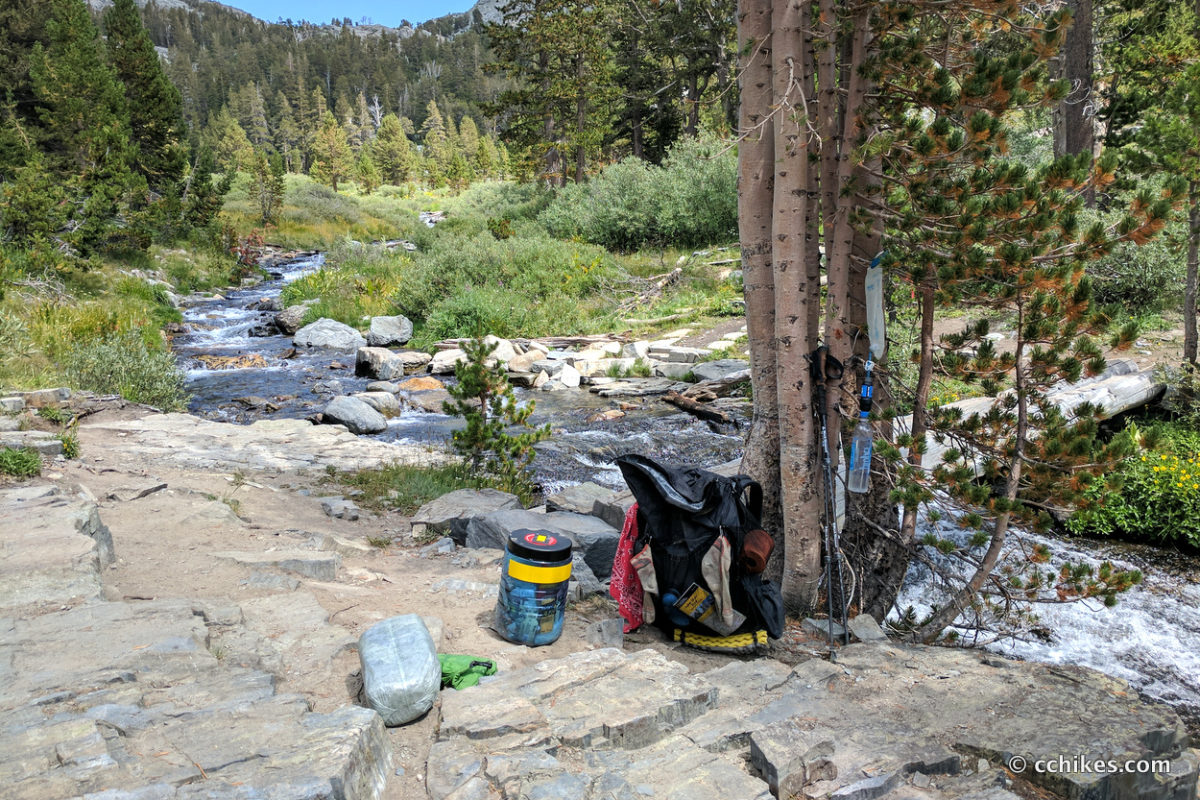
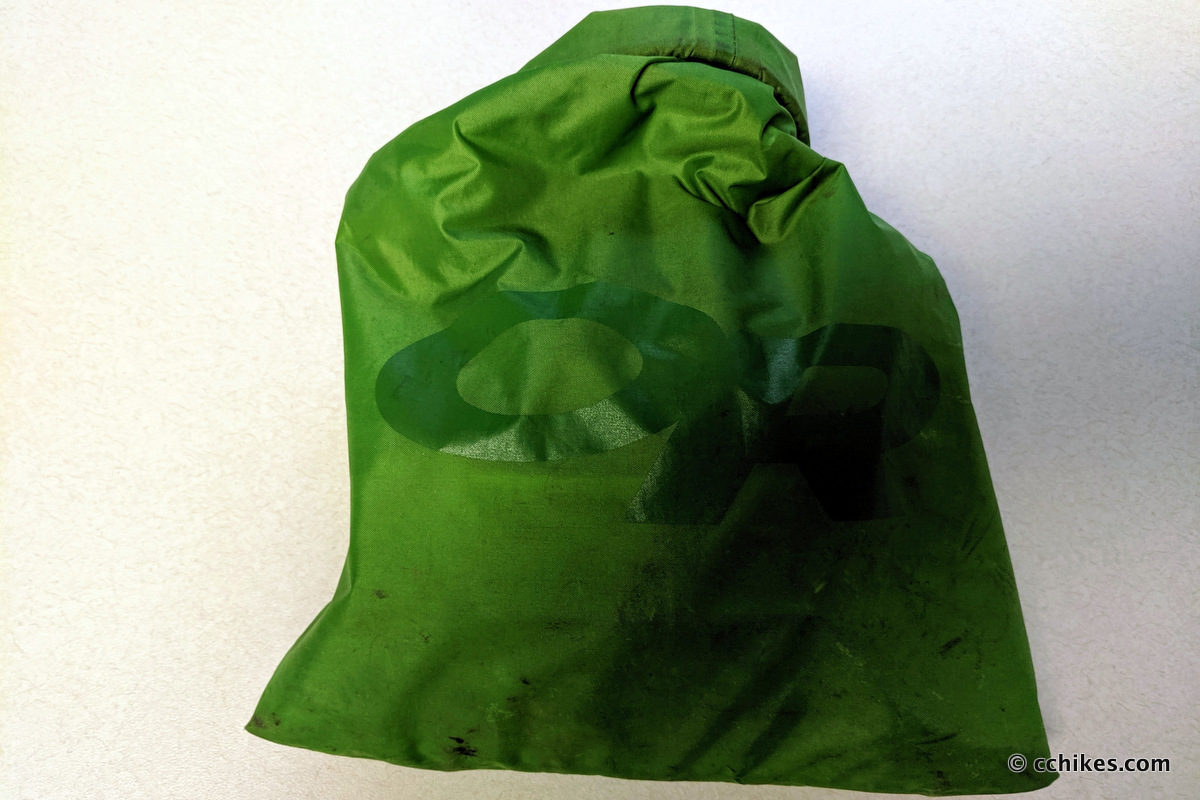


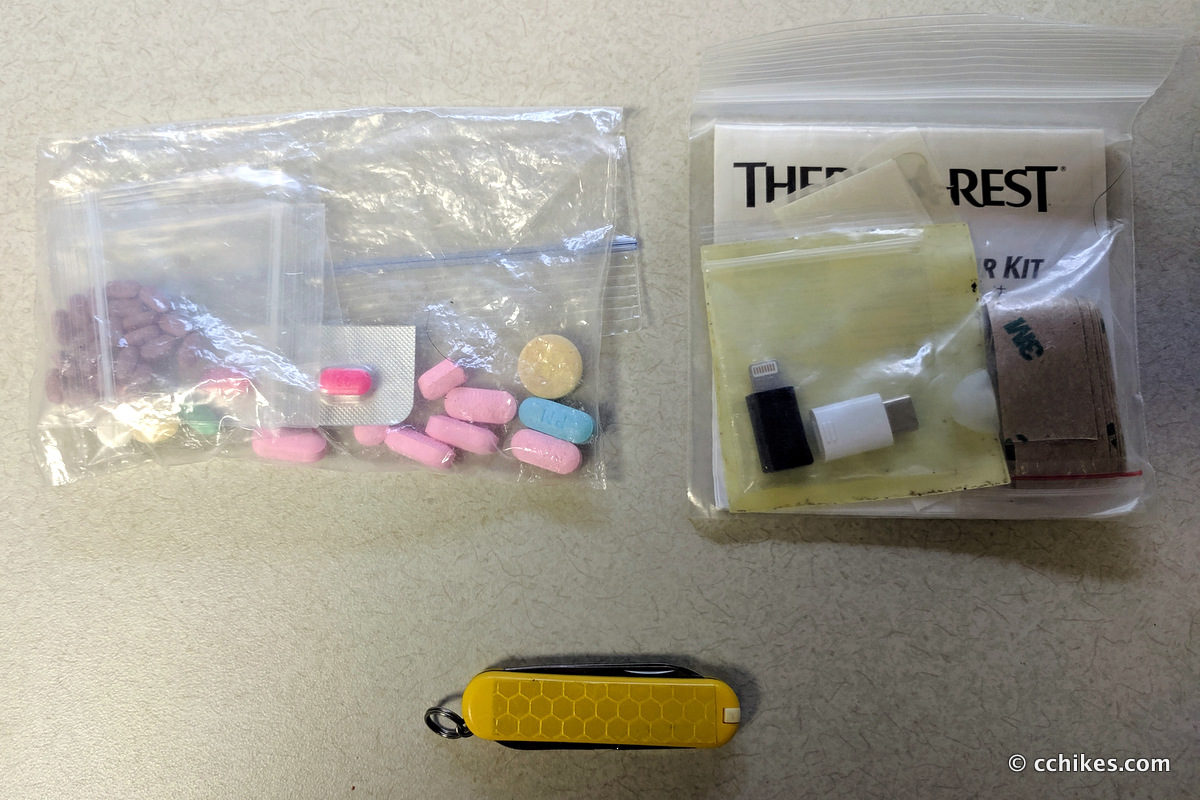

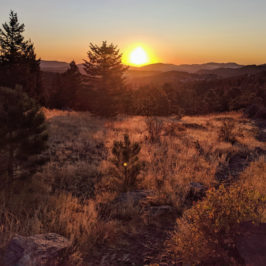
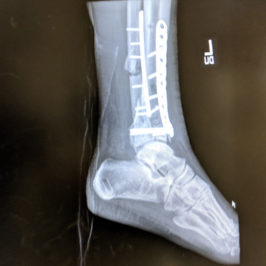

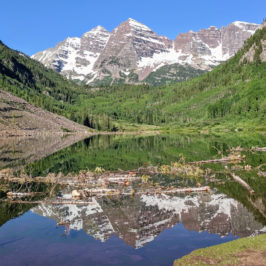
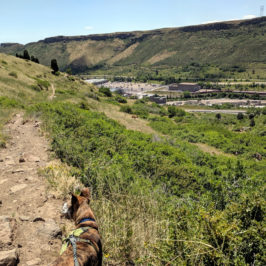

23 Of the Best Ideas for Diy Backpacking First Aid Kit - Home, Family, Style and Art Ideas
[…] Best DIY Backpacking First Aid Kit from See what items make up my 1 5 oz homemade first aid kit. Source Image: cchikes.com. Visit this site for details: cchikes.com […]